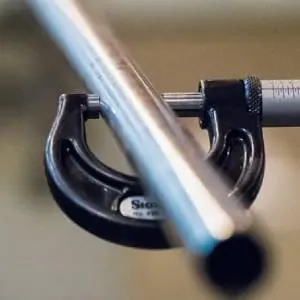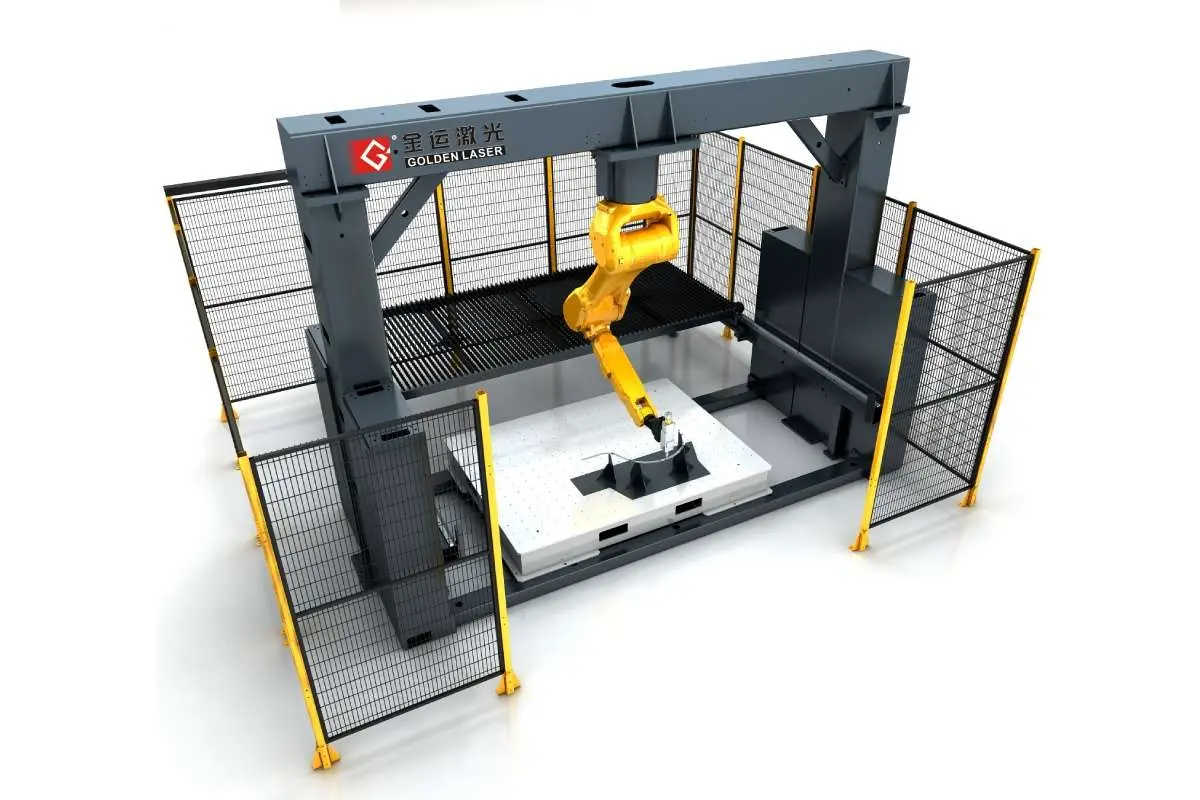In recent years, the landscape of manufacturing has undergone a radical transformation, largely driven by advancements in technology. One of the most significant developments in the metal cutting domain is the emergence of the CNC fiber metal laser cutter. This innovative machinery has revolutionized how industries approach metal fabrication, offering unparalleled accuracy, speed, and efficiency. This article will delve into the world of CNC fiber metal laser cutters, exploring their benefits, operational mechanisms, and the various applications that make them indispensable in modern manufacturing.
What is a CNC Fiber Metal Laser Cutter?
A CNC fiber metal laser cutter is a cutting-edge device that utilizes fiber laser technology to cut, engrave, and process various types of metal materials. The term CNC stands for “Computer Numerical Control,” which refers to the automation of machine tools via computer control. This ensures precision and repeatability in the cutting process, allowing manufacturers to create complex and intricate designs with minimal waste.
**How Does it Work?**
The process begins with a computer-aided design (CAD) model that is transformed into numerical commands, directing the laser cutter’s movements. The fiber laser, renowned for its high beam quality and efficiency, then focuses an intense beam of light onto the metal surface, melting or vaporizing the material based on the design.
One of the key advantages of fiber laser technology is its ability to be adjustable for different thicknesses and types of metals. This adaptability makes CNC fiber metal laser cutters a versatile solution for various industries, including automotive, aerospace, and manufacturing.
Advantages of CNC Fiber Metal Laser Cutters
1. **Precision and Accuracy**: One of the critical benefits of using CNC fiber metal laser cutters is their ability to produce parts and components with incredible precision. The focused laser beam ensures that cuts are clean and accurate, often achieving tolerances of ±0.01 mm. This precision is essential in industries where even the slightest deviation can result in significant issues or product failures.
2. **Speed**: When it comes to production, time is often of the essence. CNC fiber metal laser cutters operate at incredible speeds, significantly reducing the time it takes to complete metal cutting tasks. This is especially beneficial for high-volume production runs, where efficiency equates to increased profitability.
3. **Material Versatility**: These machines can cut a wide variety of metals, including stainless steel, aluminum, brass, and more. This versatility allows manufacturers to streamline their operations by using a single machine for multiple materials, thus minimizing the need for specialized equipment.
4. **Reduced Material Waste**: The precision of laser cutting techniques means that CNC fiber metal laser cutters generate less scrap material compared to traditional cutting methods. Since the cuts are made more accurately, there’s less waste to dispose of, leading to more environmentally friendly manufacturing practices.

Exploring the Advantages and Innovations of CNC Fiber Metal Laser Cutters in Modern Manufacturing: A Comprehensive Overview
5. **Lower Operational Costs**: Despite the initial investment associated with purchasing a CNC fiber metal laser cutter, the long-term savings realized through efficiency, reduced labor costs, and lower material waste can be significant. Furthermore, fiber lasers typically consume less energy than CO₂ lasers, resulting in lower operational costs over time.
Applications Across Industries
CNC fiber metal laser cutters are ubiquitous in many industries due to their efficiency and versatility. In the automotive sector, they are employed for cutting intricate parts with precision. The aerospace industry benefits from their ability to handle lightweight materials while ensuring the integrity and strength of components. Additionally, the manufacturing sector relies on these machines for prototyping and producing everything from signage to intricate machine parts.
The Future of CNC Fiber Metal Laser Cutters
As technology continues to evolve, the capabilities of CNC fiber metal laser cutters are expected to grow even further. Innovations such as machine learning and artificial intelligence are already being integrated into these systems to enhance accuracy and predictive maintenance, reducing downtime and increasing productivity.

Exploring the Advantages and Innovations of CNC Fiber Metal Laser Cutters in Modern Manufacturing: A Comprehensive Overview

Exploring the Advantages and Innovations of CNC Fiber Metal Laser Cutters in Modern Manufacturing: A Comprehensive Overview
Moreover, as sustainability becomes an ever-pressing concern, manufacturers are turning to fiber laser technology for its eco-friendly advantages. The continued development of these machines will undoubtedly solidify their place as an essential tool in the realm of modern manufacturing.
Conclusion
The CNC fiber metal laser cutter represents a significant leap forward in manufacturing technology. With their precision, speed, and versatility, these machines are indispensable across various industries. As we look towards the future, the ongoing innovations in CNC laser technology are likely to shape the landscape of metal fabrication in ways we are only beginning to understand. Embracing this technology is not just a decision; it is an investment in efficiency, accuracy, and sustainability for manufacturers worldwide. Plate Laser Cutter
